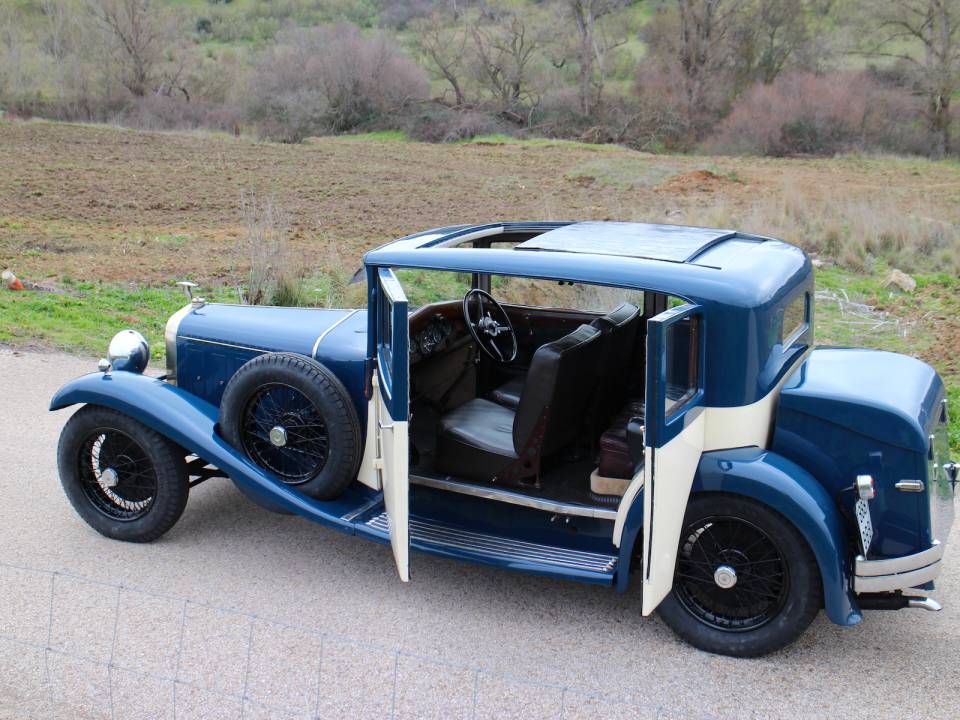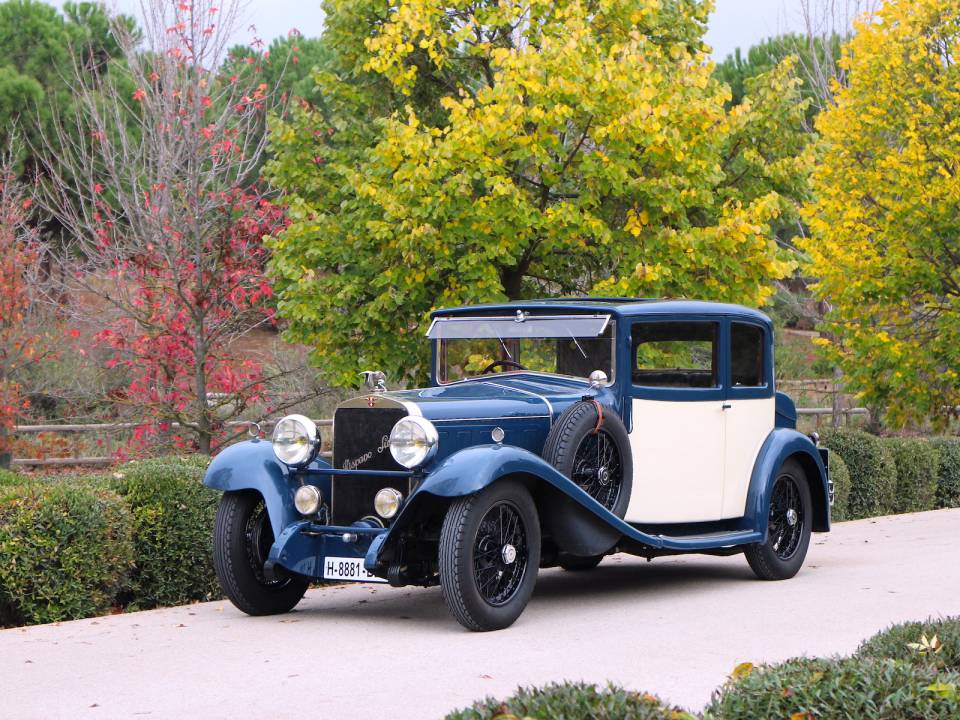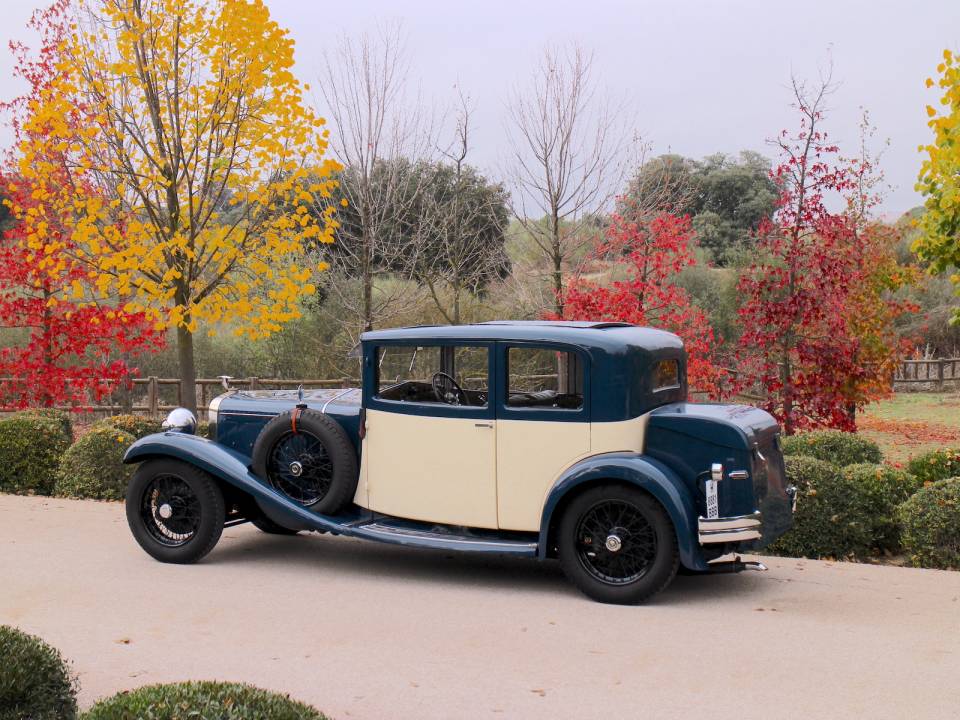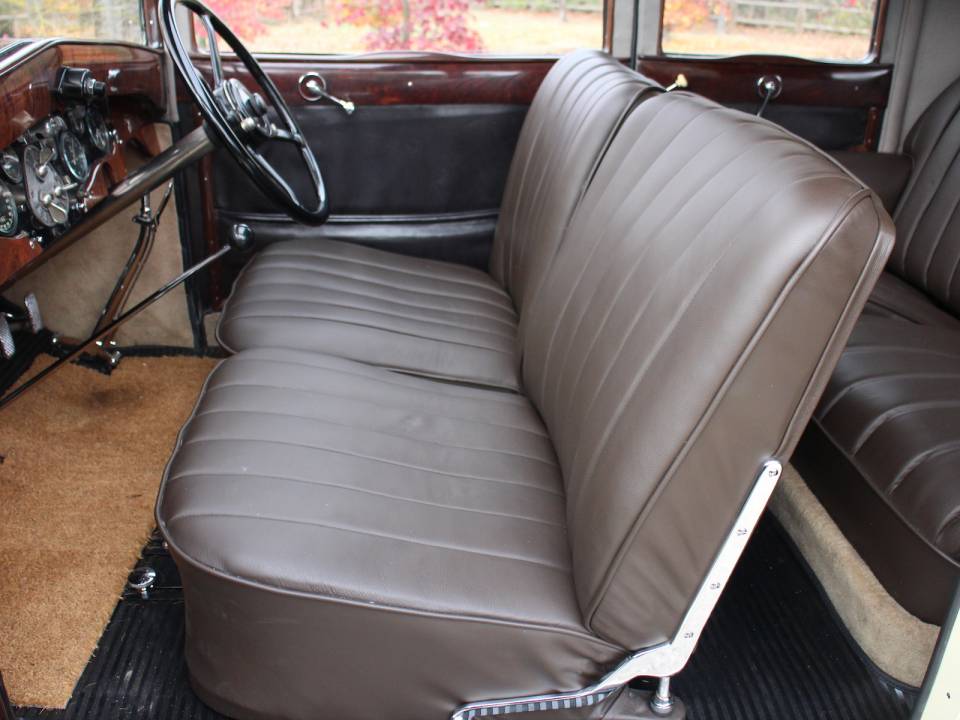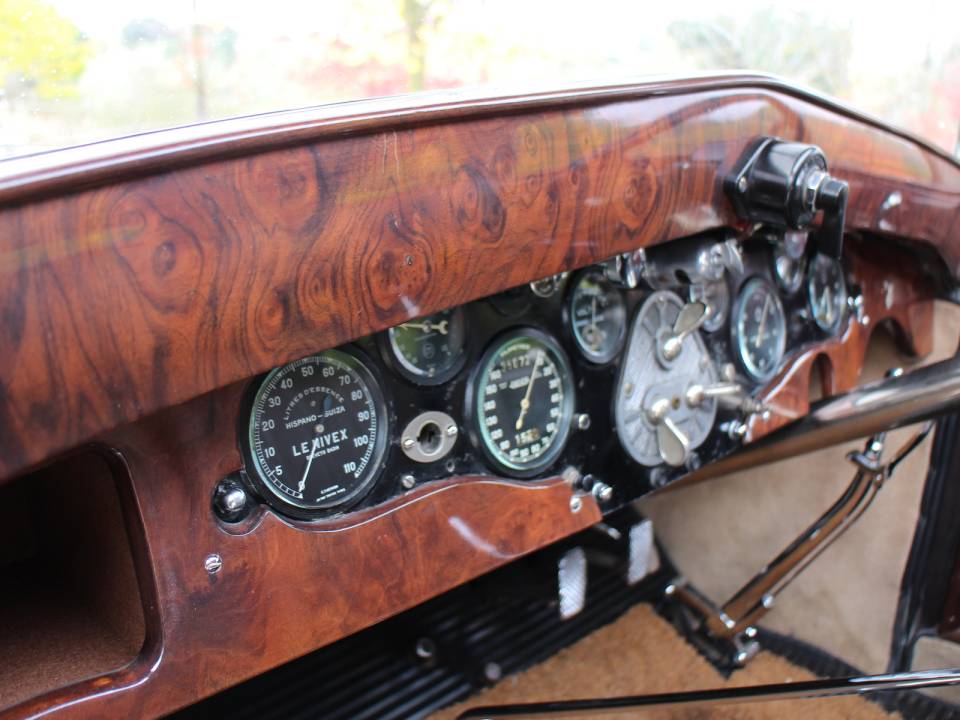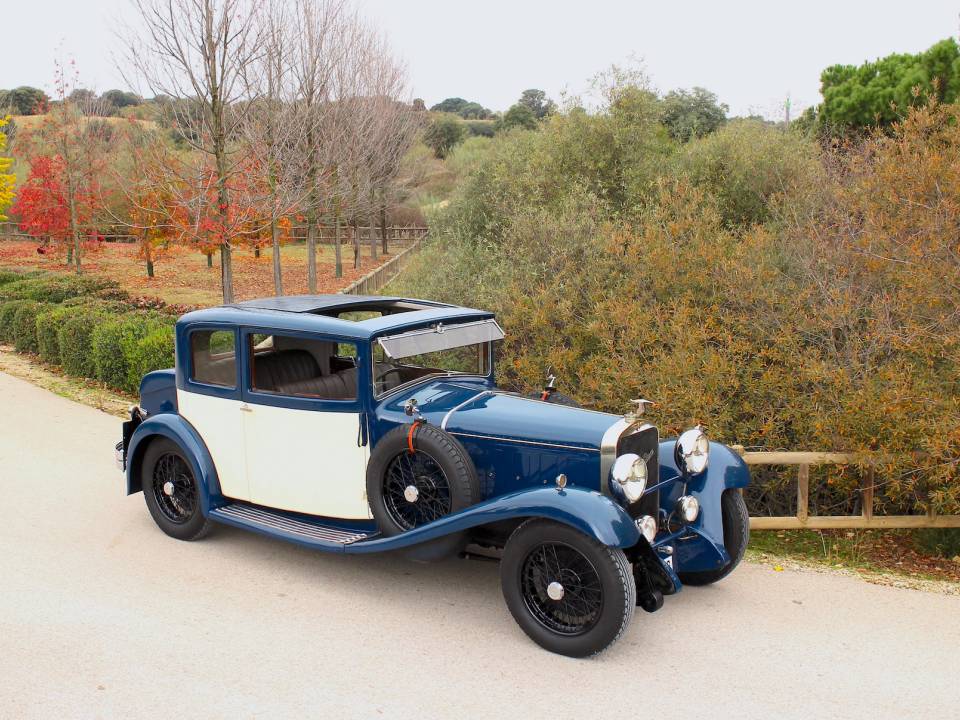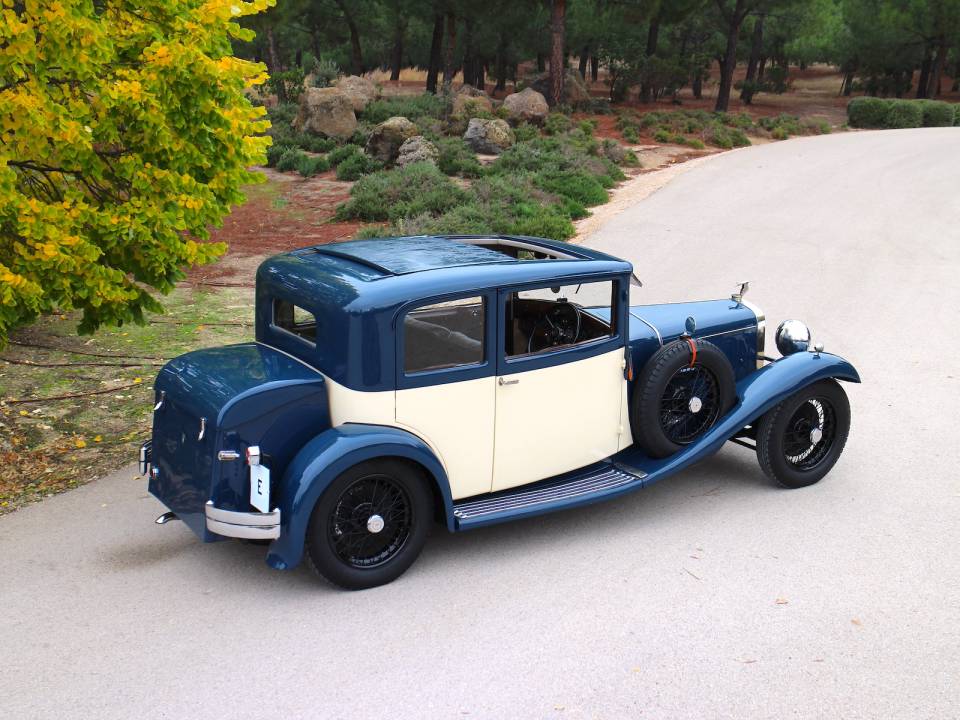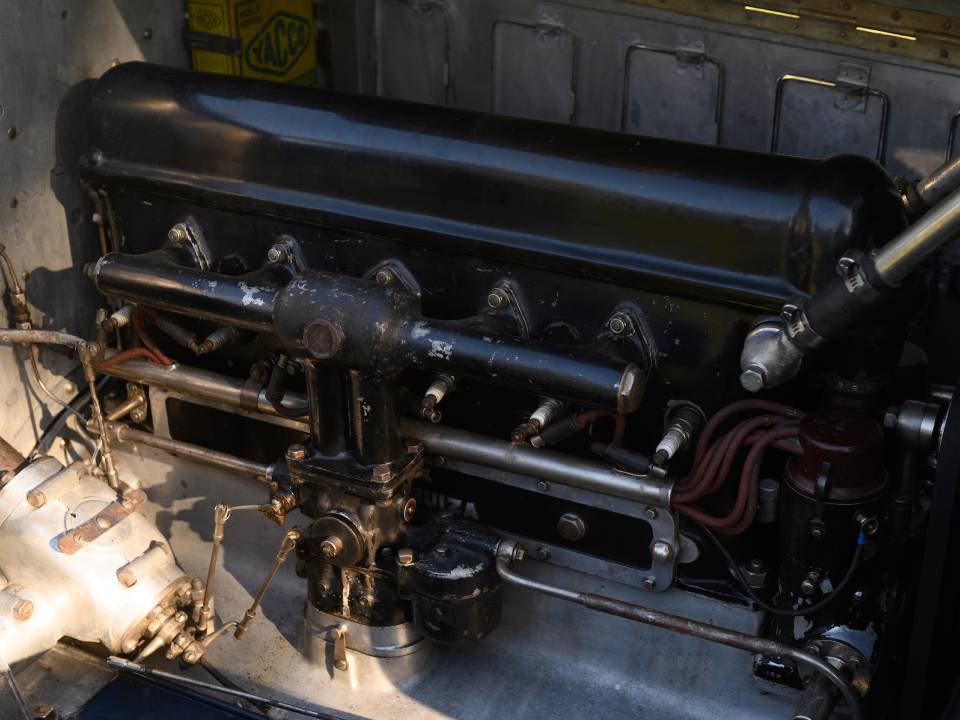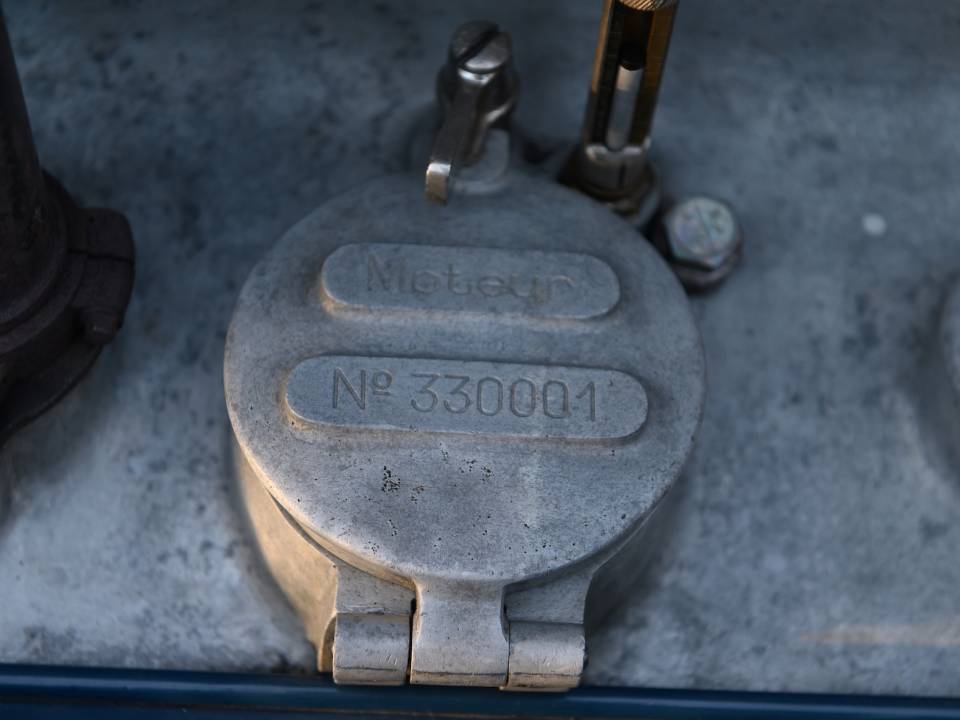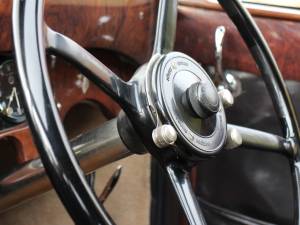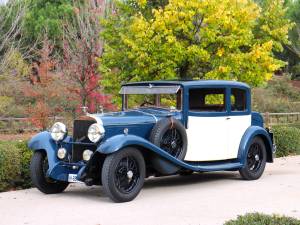1924 | Hispano-Suiza I6
Prototype HS26 - Super rare Hispano Suiza i6 "Junior"
Prototype HS26 - Super rare Hispano Suiza i6 "Junior"
Prototype HS26 - Super rare Hispano Suiza i6 "Junior"
Descripción
How many times have you seen a car that was not once but two times a prototype?? Here it is: The i6 prototype...
The story begins when the chief designer of Hispano-Suiza , the Swiss engineer Marc Birkigt, begins the development of a new model, the I6 at the factory in Paris, which first prototype engine with the six-cylinder engine and 3.756 cc with removable head is installed on a new chassis, almost identical to the H6 model but with a smaller wheelbase of 3.570 mm. The chassis number of this first prototype was 20001, specifically of this car.
In a rather controversial decision, the firm decided that this new model would be manufactured only at the La Sagrera factory in Barcelona, reserving the French Bois-Colombes factory for both the six and eight liter H6 model, although curiously the first prototypes of the T49 (as finally designated) were developed at the Parisian factory under the supervision of Birkigt himself.
The T49 was presented in October 1924 and was the third model to see the light, and as usual it shared the same mechanical characteristics of its predecessors except for the removable head. It was the smallest brother, and it was intended for those customers who could not afford the expensive H6 models.
The Junior (which is how the T64 was named in Spain) initially shared chassis with the T49, but the improvements in the model did not take long to arrive and in 1930 received a new “sourbaise” chassis. In addition, a multi-disc clutch and a synchronized central lever gearbox were added with an Autoflux electric pump, as well as a host of small improvements, which included a new dashboard or a new steering wheel that undoubtedly distinguished the new model.
At the same time that Birkigt was developing the I6 in Paris, the factory in Barcelona, which had already been designated as the place of production for the model, started building their own cars, so 20.001 stayed at the Bois-Colombes factory for internal use.
Specifically, it was Jean Lacoste, father of the famous French tennis player and administrator of the Parisian factory, who used to drive 20.001 mounted with a light Weymann closed body.
In 1928 Birkigt was working on the new T64 model (known as Junior), a project that will have a new engine of 4,560 cc with all the improvements that had been introduced in the H-range engines. For the chassis, as the idea was that the T64 would be the substitute of the T49 model, it was decided to use one of the I6 around to be use for the new model. It was 20.001 the chosen one, so this chassis became a double prototype, firstly for the T49 in 1924 and later for the T64 when engine number 330.001 was installed, which is the first production engine of the new “Junior” model and which of course it still retains.
It was at this time when 20.001 was sold to Henry Moreau, head of the firm's after-sales workshops who in 1932 or 33 decided to replace the Weymann body with a more modern pillarles saloon by Van Vooren. Actually, the car has a series of elements of the first 49 chassis such as its beautiful aluminum dashboard or the characteristic fuse box and others of the last 64 so it is possible that this car served as a test bench for those new parts.
The I6 remained in the Moreau family until year 2000 when it was sold to a collector who did not use it. In July 2004 the car was sold to Spain through Passionauto from Paris, and since 2006 the car has been in one single ownership.
The car is in excellent driving condition.
Please call or email for details.
Detalles del vehículo
Datos del vehículo
- Marca
- Hispano-Suiza
- Modelo
- I6
- Primera fecha de registro
- No provisto
- Año de construcción
- 1924
- Kilometraje (leer)
- 0 km
- Número de chasis
- No provisto
- Número de motor
- No provisto
- Número de la caja de cambios
- No provisto
- Coincidencia de números
- No
- No. de propietarios anteriores
- No provisto
Detalles técnicos
- Carrocería
- Berlina (2 Volumi)
- Potencia (kW/CV)
- 99/135
- Capacidad cúbica (cm³) - acerca de
- 4500 (Fábrica: 3746)
- Cilindro
- 6
- Puertas
- 2
- Manejo
- Derecha
- Caja de cambios
- Manual
- Marchas
- No provisto
- Engranaje
- Trasero
- Freno delantero
- Tambor
- Freno trasero
- Tambor
- Combustible
- Gasolina
Configuración individual
- Color exterior
- Azul
- Color interior
- Marrón
- Material interior
- Cuero
Condición, registro y documentación.
- Condición
- Auténtico
- Tiene peritaje
- No provisto
- Condición
- Informe de inspección del libro
- ITV
- Matrícula histórica
- Matriculado
- Listo para conducir
Ubicación
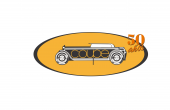
Coupe - Francisco Pueche
rafael pueche
Calle colada de pozuelo, 9
28925 Alcorcon
🇪🇸 España
